Of my triad of €1 museums, the Bayerisches National Museum holds the greatest amount of intrigue and history by far. At 167 years old, not only does this composite collection’s own history supersede that of its current colleagues, but stands as one of the sole representations of Bavarian history from its own perspective.
Its story begins in 1825 with the death of King Maximillian I Joseph of Bavaria and his kingdom’s transfer into the hands of his grandson, King Maximillian II.
Driven by his promise to fulfill his grandfather’s wishes of establishing a collection of the Wittelsbach dynasty’s artifacts and preserving the royal family’s history, Maximilian II began exploring the developing world of national museums.
In 1851 he attended London’s World Fair, where he was instantly inspired by the emerging trend of nations showcasing timelines of their technological and historical achievements to the public through collections housed in museum galleries. Taking this notion to his own dominion, Maximilian II committed to collecting an extensive record of Bavaria’s royal achievements and history.
Of course, as an 1800s Bavarian King, Maximilian II left the cultivation of his ambitious project to the charge of the Royal Bavarian Director of Archives, Karl Maria Von Aretin. Realizing his vision, Von Aretin succeeded in identifying and preserving the cultural record of Bavaria.
With an initial focus on art and artifacts of the Middle Ages, Von Aretin set out to represent all of Bavaria’s recorded eras up to 1800. This required the king to pull pieces from his Residenz Palace in Munich as well as from other Wittelsbach palaces around the country.
Opening in the year 1855, the Bayerisches National Museum found its first home at the Maxiburg in Munich’s Kreuzviertel. For 45 years, the collection lived at this late 16th-century residence for Bavarian Dukes.
Just a few decades after its 1900 transfer to its current occupation of a wing in Munich’s Pinzregentenstrasse, the museum underwent reacquisition under the aspirations of Hitler.
With a plan to transform Munich under his authority, many pieces were taken from Maximillian II’s collection to serve Hitler’s personal preference and to bolster the emerging museum branches such as the Bavarian Army Museum and the Achaologische Staatssammlung.
As WWII raged on, the museum was forced to evacuate its walls, preserving its pieces while great halls of the building were bombed and dissolved into rubble. At the end of the war, the museum’s directors began restoration.
Save for an assembly of shattered porcelain crockery, the museum’s great pieces were salvaged; and, with the completion of restoration in 1955, welcomed a new wave of patrons.
The current gallery spans from Late antiquity to Art Nouveau, leading you through a layout of Bavarian history that covers all aspects of their cultural life. Wooden furniture and halls, silver cutlery and porcelain plates, ivory figures and tusked candleholders, woodwinds and strings and pianos, backgammon and chess sets, weaponry and armor, sculptures and tombs take you through an extensive experience of Bavaria.
With an eerie beauty, the pieces housed by the Bayaerisches National Museum exude a haunting presence; heavy with the history they have seen, the dark wood, pressed metal, and bright ivory emits somber energy that goosebumps your skin as your eyes graze their collection.
Domesticity
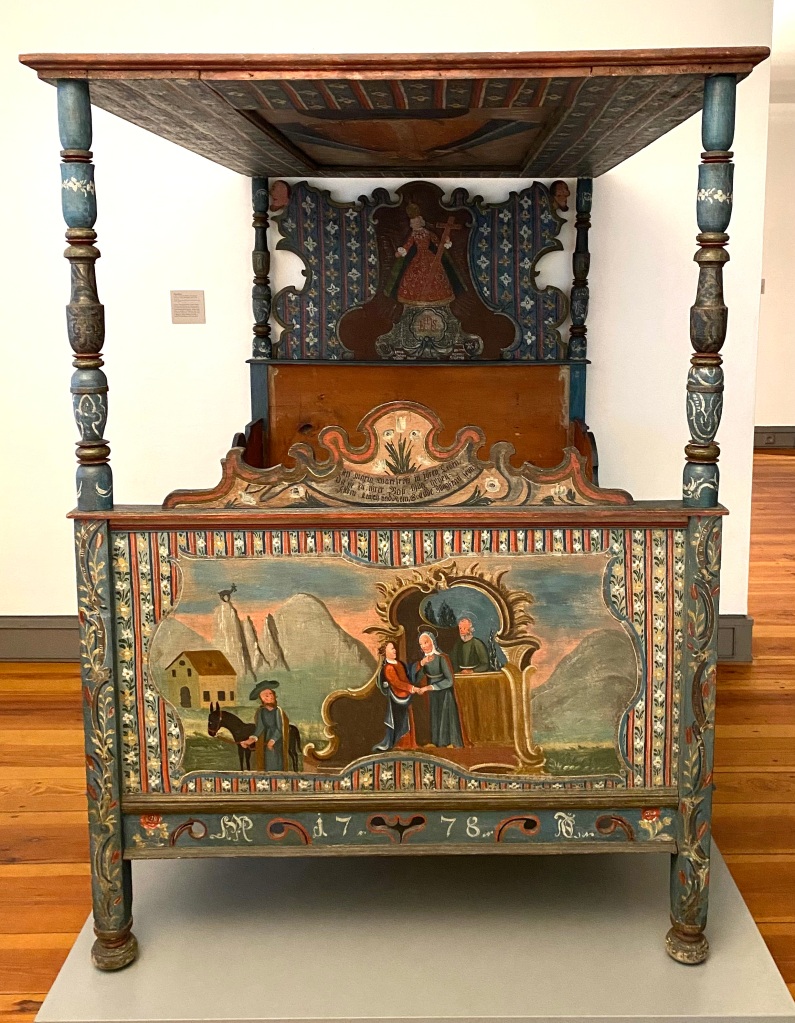
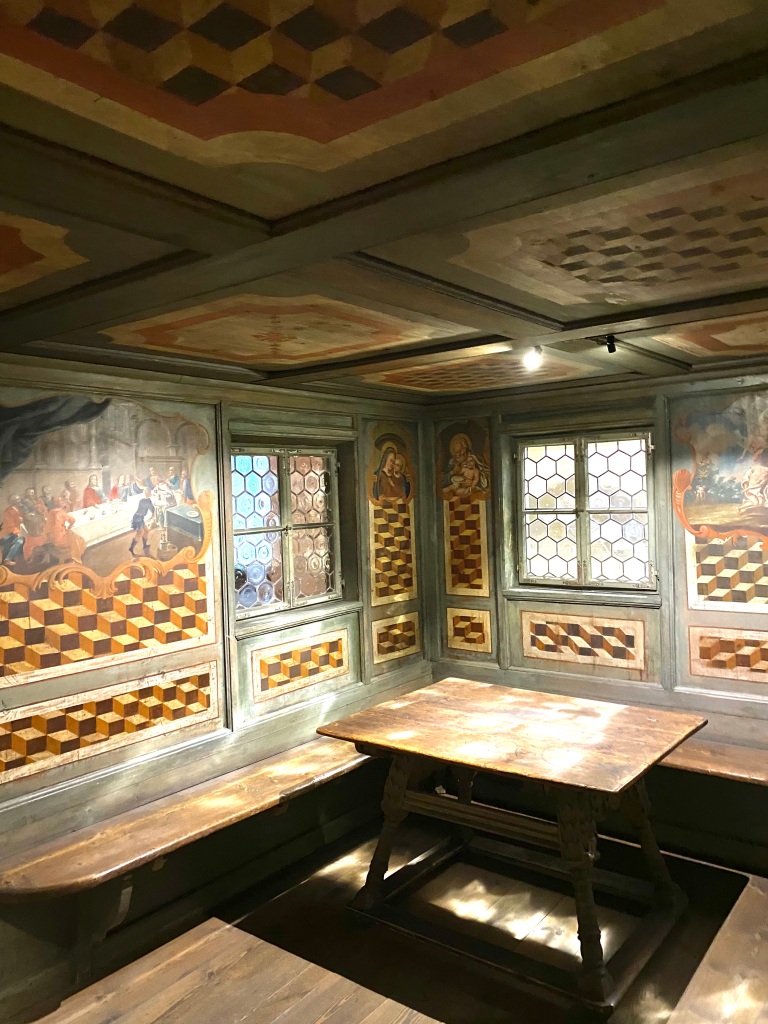
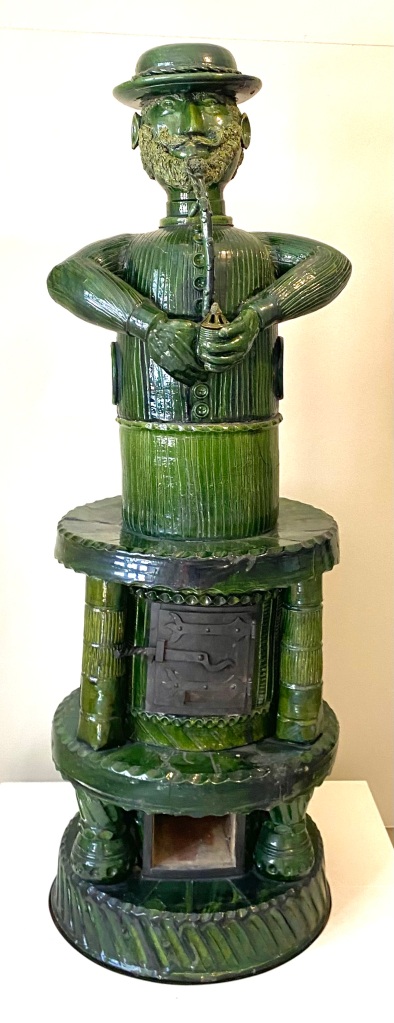
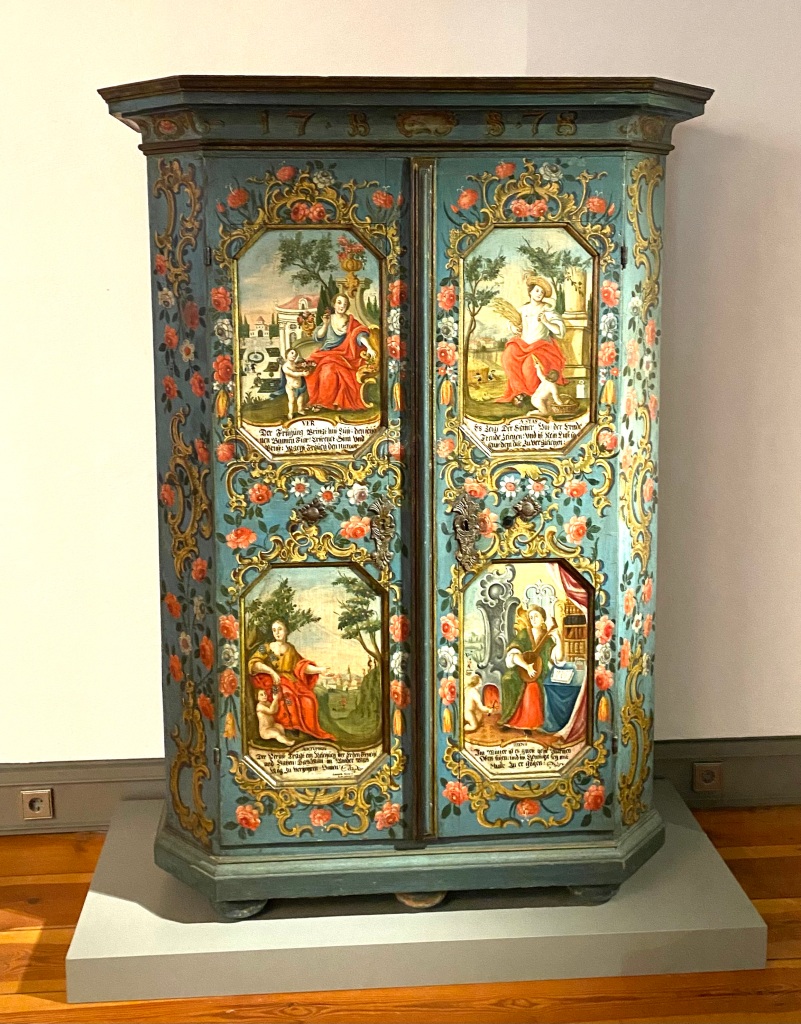
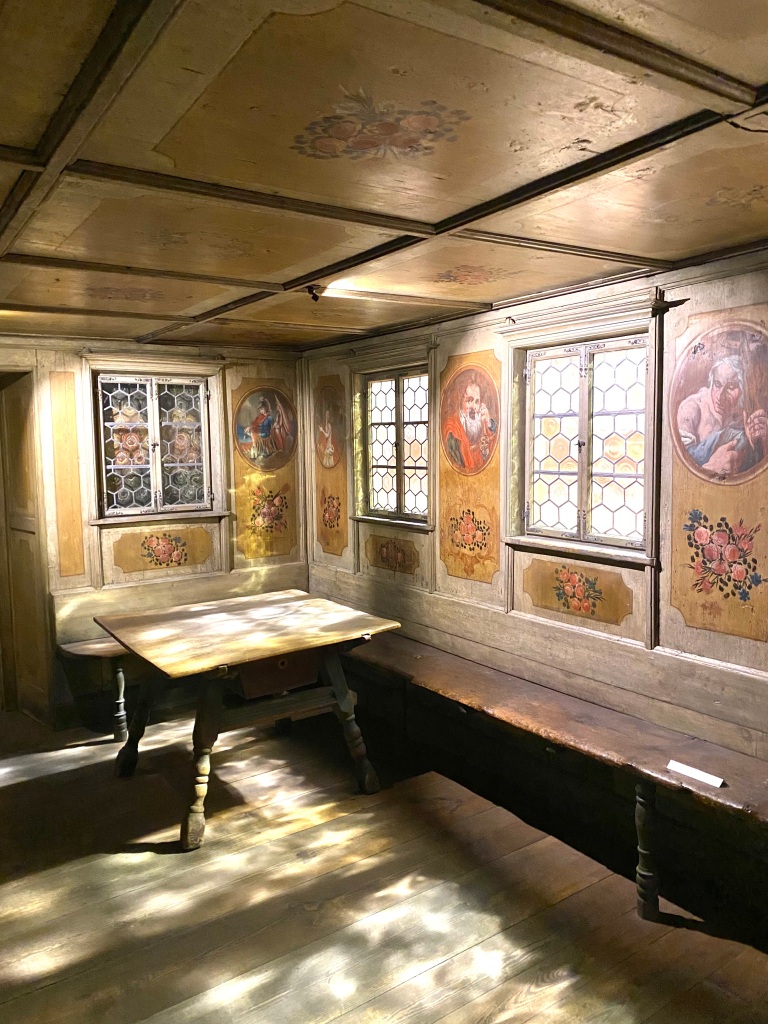
To wake every day to a cross over your head,
the weight of what you can and cannot do
resting heavy on your bed.
To hear the creak of wooden voices,
crying with linseed mouths,
a pale orifice drawn across Wittelsbach blue and white.
Dresser doors swing stories open with their hinges,
obscuring frozen faces with their open arms.
To break sleep, grateful for this wooden metropolis,
no dirt floors or thatched roofs,
your feet cross timber grain
and your blonde hair never sees the sun inside.
You sit prettily, back pressed straight with corset ribs,
elbows resting on that round, splinterless corner.
Eyes locked in contest with the circled portraits,
faces guarding kitchen tables.
The green man sings as he cooks,
pipe kind and warm
he hangs this tight wooden room with the thick smoke
of breakfast.
This Emerald before Oz,
he gifts you comfort
before commercial.
Porcelain and Ivory Affair






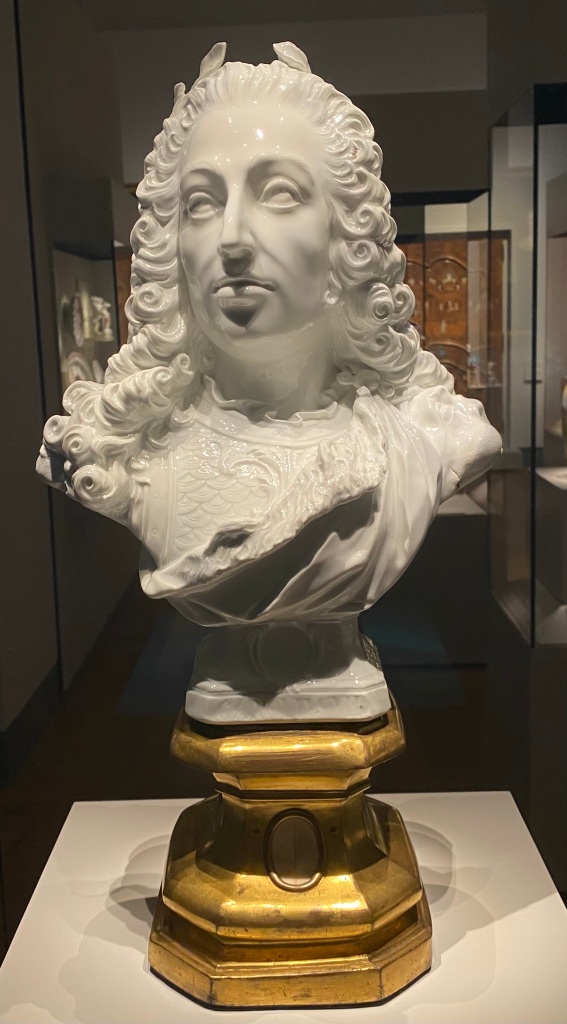

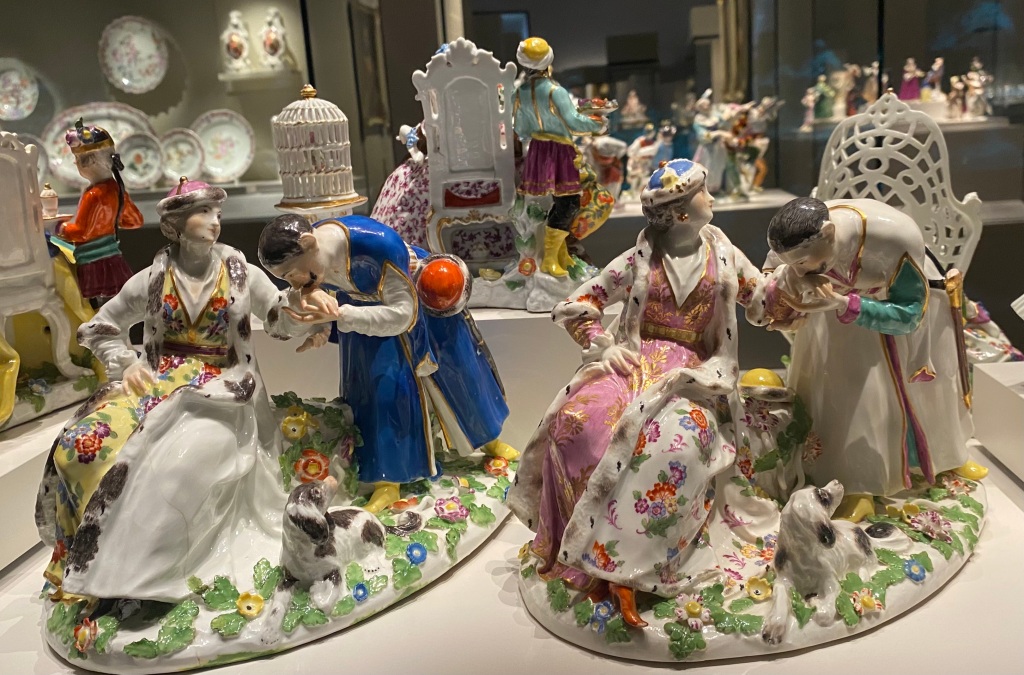


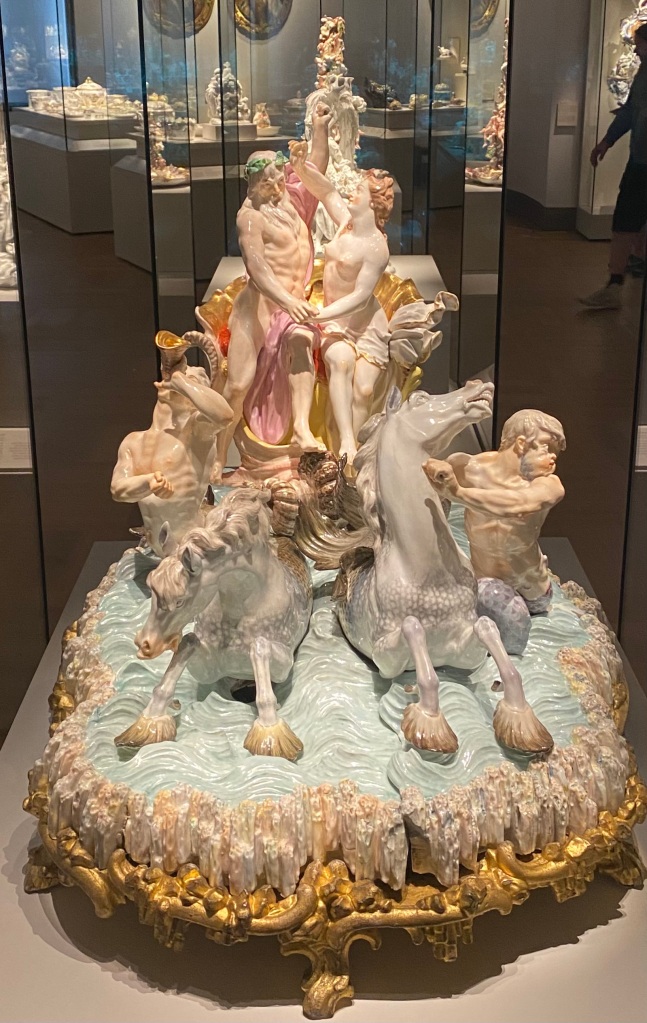
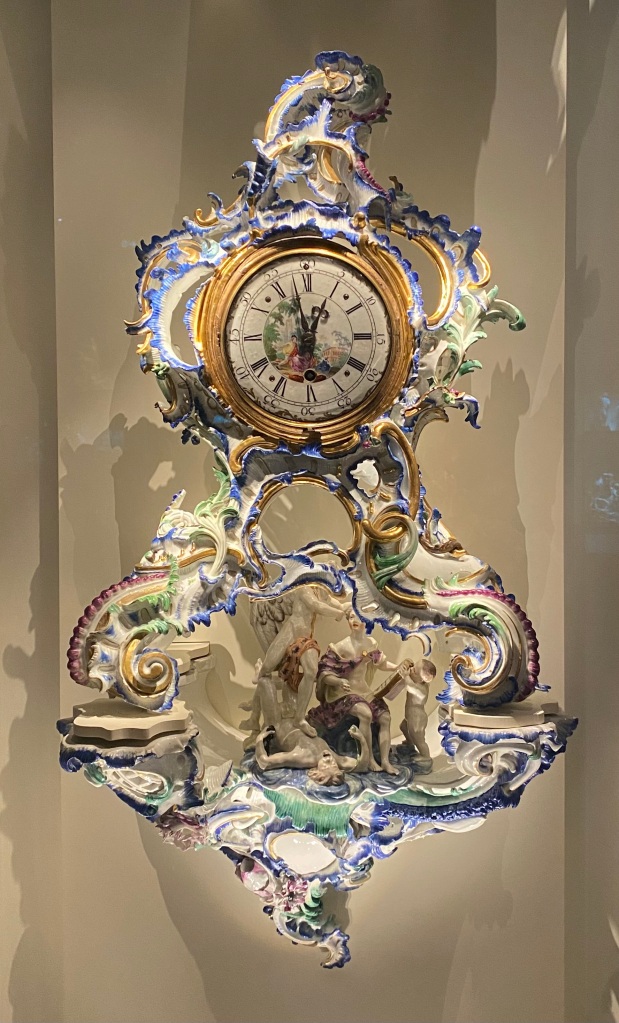
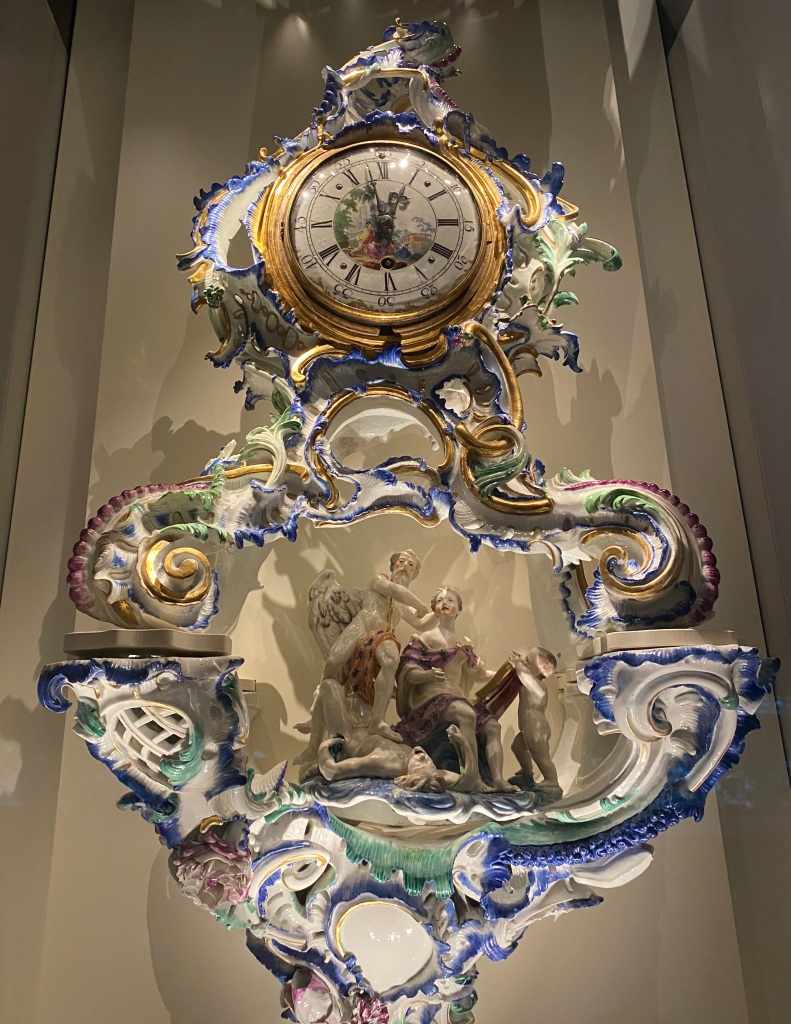
Even dainty fingers,
white as European wet dreams,
take hue from Chinese porcelain-
imitate from African ivory.
These precious, delicate, white fancies taken
and rocked to sleep by foreign ships,
sung lullabies by sirens, and
polished by salty lips.
These fabrics trekked through more culture
than the white-washed figures
they twist to impersonate.
Here, they are painted
with the thin-thistled brushes
of cleaner hands,
unsoiled by the virtue of the world’s dust.
They are looked upon
by powdered eyes, and
judged down the noses of those cultured
by the blood in their veins.
Here, they say:
foreign pieces- how profound!
How remarkably mendable,
how ready and white they glisten-
primed for European salvation.
Duels


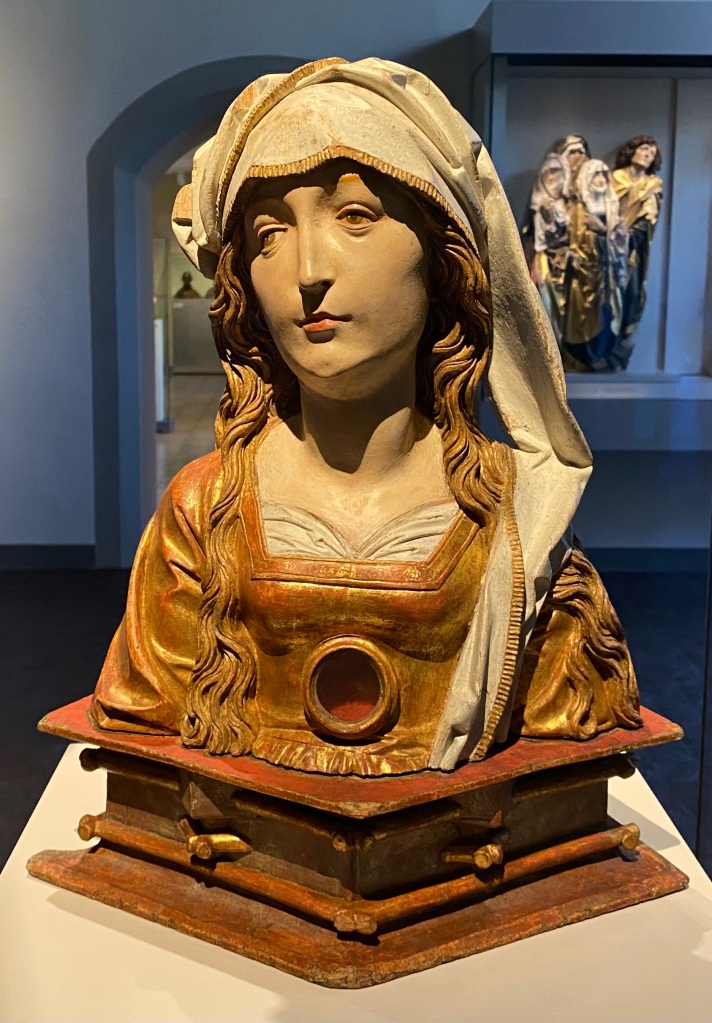



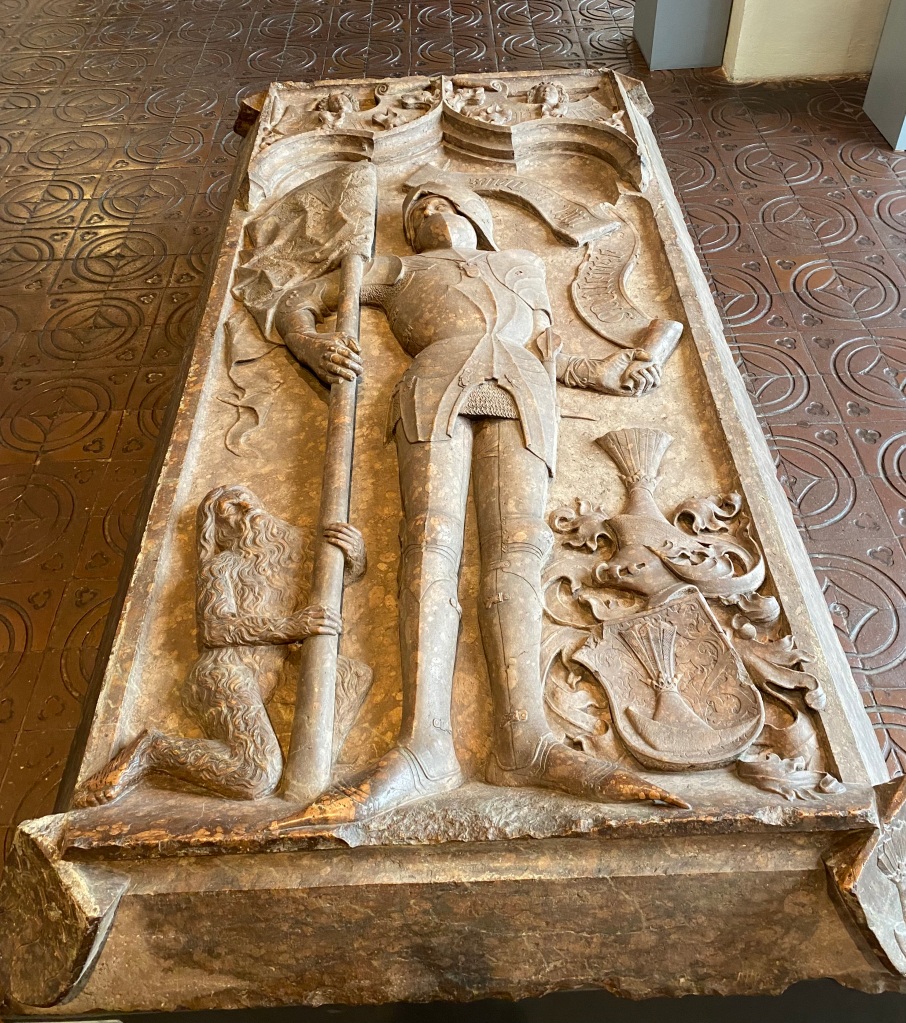
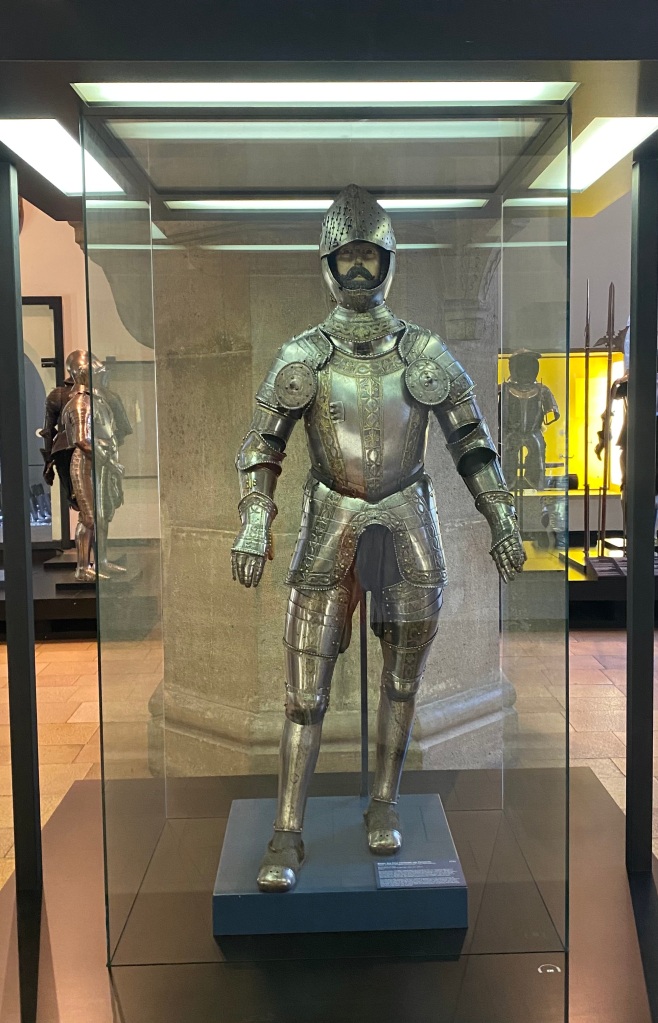

Even in stone, our fair eyes are downcast,
subservient to the stare of our chisel-toothed masters.
We are unworthy of our husband’s and son’s silver.
As our children weigh their small bodies down for battle,
the only silver we touch is to our lips.
The only iron linked in the gifted chains around our necks,
hanging like the noose of a dead man.
But we are not dead,
the men and their manly fruit do the dying for us.
Count us lucky in their final moments.
Who are we to complain?
We are the lucky to lie lifeless in wooden cage houses,
where our bodies are used to spawn more militia for death.
The lucky to make no tough choices
just take the brunt of their consequences;
privileged to bear more sons,
to break our bodies into breeding and bleeding life.
We, the lucky to dwell in locked stone towers,
running our hands through the same locks again and again
until the hair catches on our rounded fingernails,
until it is caught in our throats
like a cat hurting herself with grooming.
Nothing to do but look at our reflection in mercury mirrors.
Admire our luck.
Call dark circles our smokey eye,
bruises our blush, and
bless these lips into a smile.
Garments (18th Century)



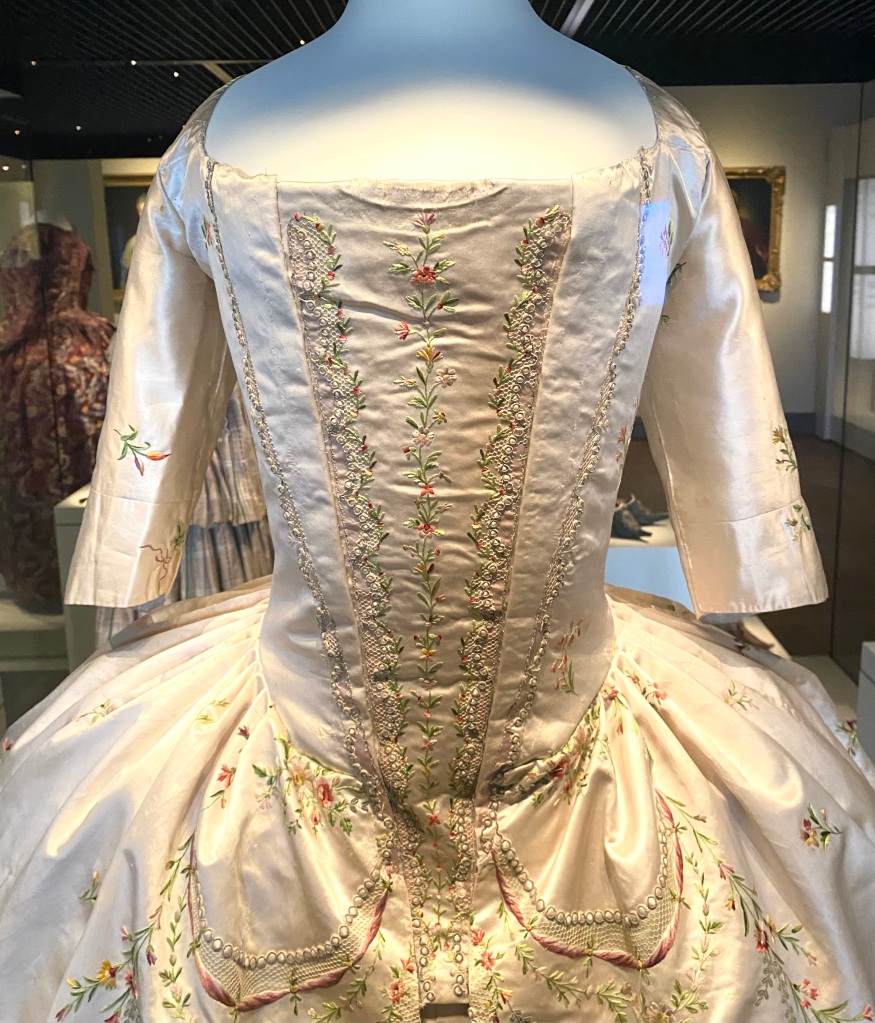

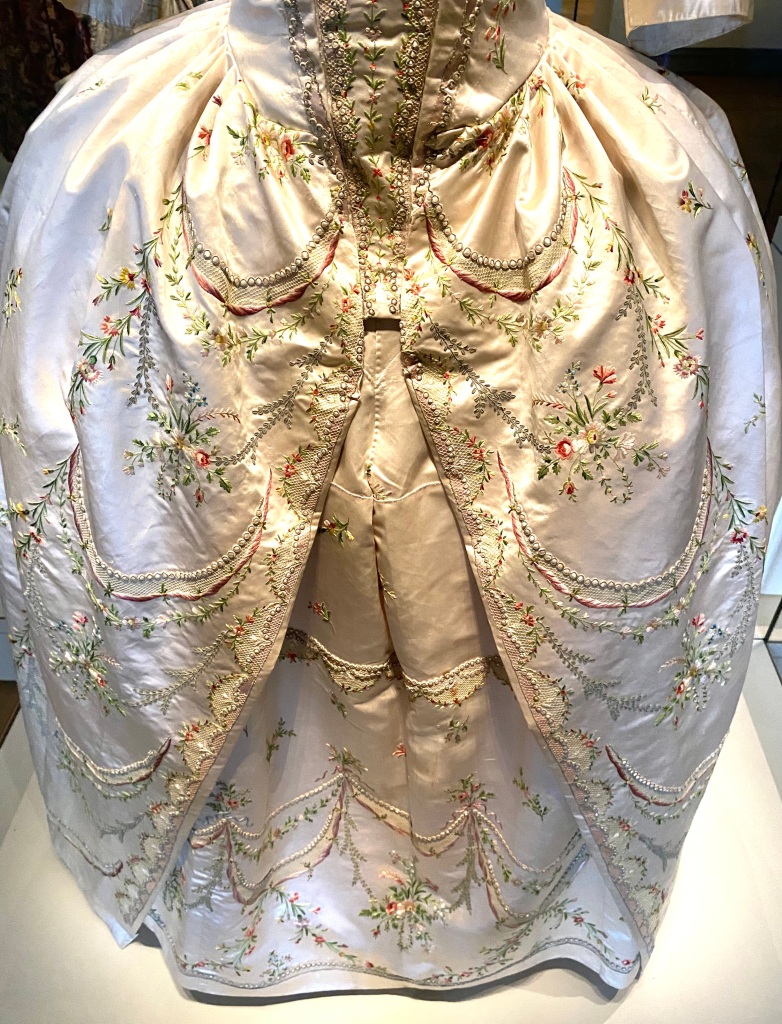
No iron cast, but we are cast in silk.
Our armor these iron hips that force distance.
A welcome defense, a delay between you
and unguarding our garters.
Beautiful, in linen and lace, we step
allure with ribbons and
incite with shapes
unachievable without tight breath
and even tighter bones that break our own.
Our eyes droop with deficient breath,
so you see our delicate weakness.
You can take a sword,
swift and sharp,
carving through your ribs.
Would you give the same silent grimace
to iron carving your ribs into a new shape?
Could you swig shallow breath
and not drown in silk chainmail?
You say yes with your simple minds,
and your arms catch our feigned falls,
eyes dripping down our bodiced necks.
No doubt you linger on how easy it would be to break,
to snap our pretty bones and
paint our dyed dresses cherry red.
This isn’t the worst you could do,
though you think it so.
The worst we do is bruise your pride,
sentencing you to nothing
but the knowledge of a simple answer
to a question, you will never ask.
You will separate linen and skin,
worse than skin and bones.
You will ruin tomorrow,
worse than taking it away.
You will hold our hands and necks gently,
and still smell the metallic juice
of cherries.
Your writing is profound.
I love reading your blogs.
Well done, Caroline ❤️❤️
LikeLiked by 1 person